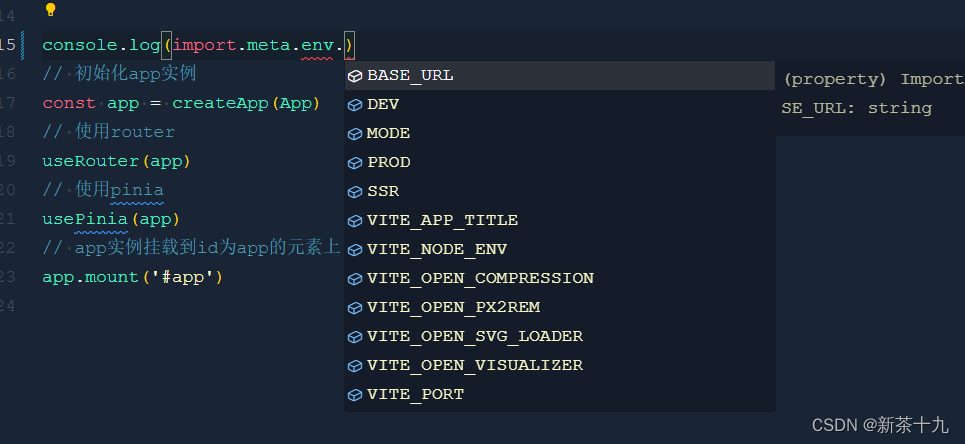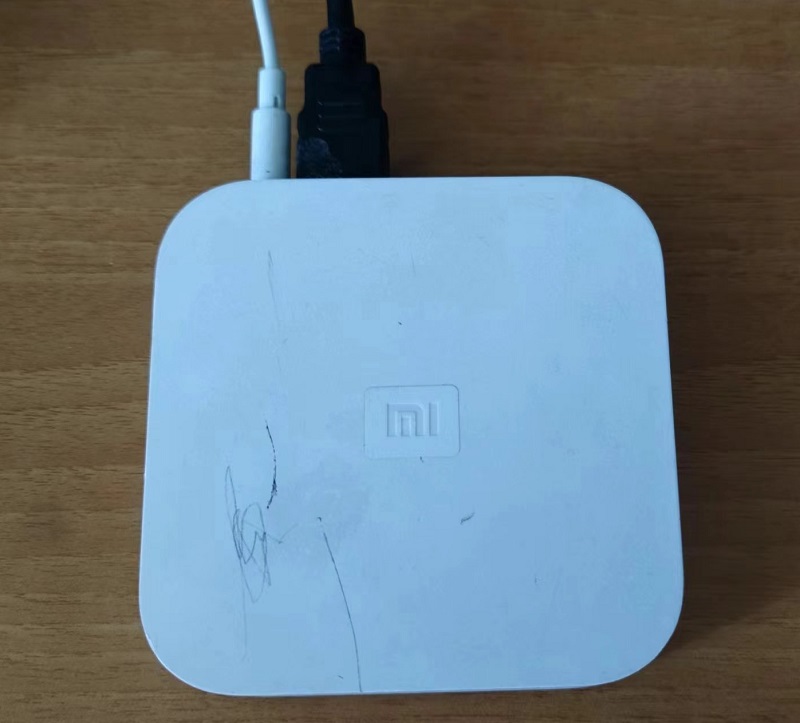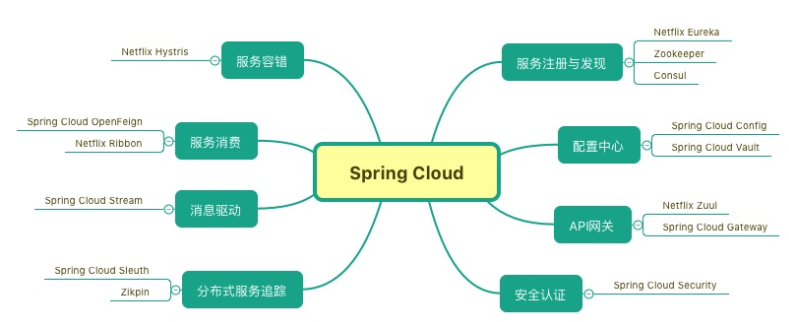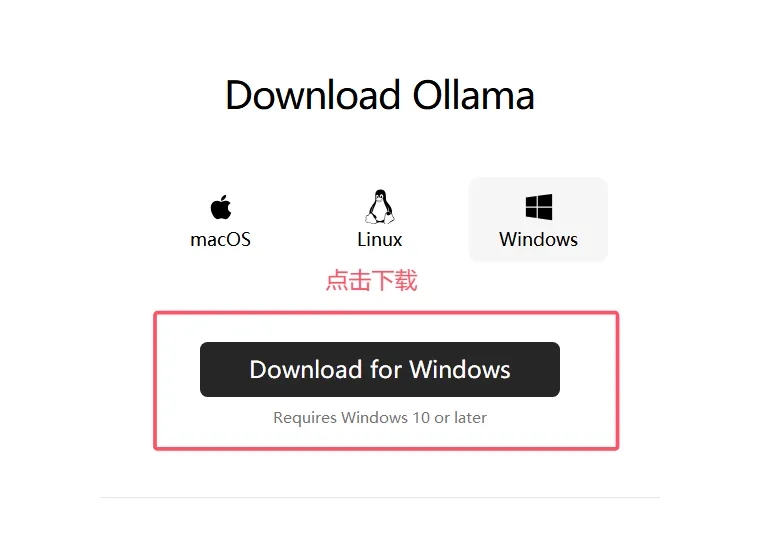在 React 高阶组件中处理错误是确保应用程序健壮性和稳定性的重要环节。以下是一些处理高阶组件中错误的常见方法:
1. 捕获渲染时的错误
在高阶组件中,渲染过程可能会因为各种原因(如 props 数据格式错误、组件内部逻辑异常等)抛出错误。可以使用 componentDidCatch 生命周期方法(适用于类组件)或 useErrorBoundary(React 16.6+ 引入的 Error Boundary 特性)来捕获这些错误。
使用 componentDidCatch 处理类组件中的错误
import React from 'react';
// 高阶组件
const withErrorBoundary = (WrappedComponent) => {
return class ErrorBoundary extends React.Component {
constructor(props) {
super(props);
this.state = { hasError: false };
}
componentDidCatch(error, errorInfo) {
// 记录错误信息,可用于后续分析
console.log('Error:', error);
console.log('Error Info:', errorInfo);
this.setState({ hasError: true });
}
render() {
if (this.state.hasError) {
// 渲染错误提示信息
return <div>Something went wrong.</div>;
}
return <WrappedComponent {...this.props} />;
}
};
};
// 普通组件
const MyComponent = (props) => {
if (props.data === null) {
// 模拟错误
throw new Error('Data is null');
}
return <div>{props.data}</div>;
};
// 使用高阶组件包装普通组件
const EnhancedComponent = withErrorBoundary(MyComponent);
const App = () => {
return <EnhancedComponent data={null} />;
};
export default App;
在上述代码中,withErrorBoundary 是一个高阶组件,它返回一个带有错误捕获功能的组件 ErrorBoundary。componentDidCatch 方法会在渲染过程中捕获错误,并将 hasError 状态设置为 true,然后渲染错误提示信息。
使用 useErrorBoundary 处理函数组件中的错误(需要自定义实现)
import React, { useState, useEffect } from 'react';
// 自定义 useErrorBoundary Hook
const useErrorBoundary = () => {
const [hasError, setHasError] = useState(false);
const handleError = (error) => {
console.log('Error:', error);
setHasError(true);
};
useEffect(() => {
const errorHandler = (event) => {
if (event.type === 'error') {
handleError(event.error);
}
};
window.addEventListener('error', errorHandler);
return () => {
window.removeEventListener('error', errorHandler);
};
}, []);
return hasError;
};
// 高阶组件
const withErrorBoundaryFunction = (WrappedComponent) => {
return (props) => {
const hasError = useErrorBoundary();
if (hasError) {
return <div>Something went wrong.</div>;
}
return <WrappedComponent {...props} />;
};
};
// 普通组件
const MyFunctionComponent = (props) => {
if (props.data === null) {
throw new Error('Data is null');
}
return <div>{props.data}</div>;
};
// 使用高阶组件包装普通组件
const EnhancedFunctionComponent = withErrorBoundaryFunction(MyFunctionComponent);
const AppFunction = () => {
return <EnhancedFunctionComponent data={null} />;
};
export default AppFunction;
这里自定义了一个 useErrorBoundary Hook 来捕获错误,然后在高阶组件中使用该 Hook 来处理错误。
2. 处理异步操作中的错误
高阶组件可能会包含异步操作(如数据获取),这些操作也可能会出错。可以使用 try…catch 块来捕获异步操作中的错误。
import React from 'react';
// 高阶组件
const withDataFetching = (WrappedComponent, apiUrl) => {
return class extends React.Component {
constructor(props) {
super(props);
this.state = {
data: null,
loading: true,
error: null
};
}
async componentDidMount() {
try {
const response = await fetch(apiUrl);
if (!response.ok) {
throw new Error('Network response was not ok');
}
const data = await response.json();
this.setState({ data, loading: false });
} catch (error) {
console.log('Fetch error:', error);
this.setState({ error, loading: false });
}
}
render() {
const { data, loading, error } = this.state;
if (loading) {
return <div>Loading...</div>;
}
if (error) {
return <div>Error: {error.message}</div>;
}
return <WrappedComponent data={data} {...this.props} />;
}
};
};
// 普通组件
const DataComponent = (props) => {
return <div>{props.data && props.data.message}</div>;
};
// 使用高阶组件包装普通组件
const EnhancedDataComponent = withDataFetching(DataComponent, 'https://example.com/api');
const AppData = () => {
return <EnhancedDataComponent />;
};
export default AppData;
在 withDataFetching 高阶组件中,使用 try…catch 块捕获 fetch 请求中的错误,并将错误信息存储在 state 中,然后根据不同的状态渲染相应的内容。
3. 传递错误处理逻辑给被包裹组件
可以将错误处理逻辑作为 props 传递给被包裹的组件,让被包裹的组件自行处理错误。
import React from 'react';
// 高阶组件
const withErrorHandling = (WrappedComponent) => {
return class extends React.Component {
constructor(props) {
super(props);
this.state = { error: null };
}
handleError = (error) => {
console.log('Error:', error);
this.setState({ error });
};
render() {
const { error } = this.state;
return (
<WrappedComponent
{...this.props}
error={error}
onError={this.handleError}
/>
);
}
};
};
// 普通组件
const MyErrorComponent = (props) => {
if (props.error) {
return <div>Error: {props.error.message}</div>;
}
return (
<div>
<button onClick={() => props.onError(new Error('Custom error'))}>
Trigger Error
</button>
</div>
);
};
// 使用高阶组件包装普通组件
const EnhancedErrorComponent = withErrorHandling(MyErrorComponent);
const AppError = () => {
return <EnhancedErrorComponent />;
};
export default AppError;
在这个例子中,withErrorHandling 高阶组件将 error 状态和 onError 处理函数作为 props 传递给 MyErrorComponent,被包裹的组件可以根据这些信息来处理错误。
4. 自定义错误边界组件结合高阶组件
可以创建一个通用的错误边界组件,然后将其封装在高阶组件中,以增强错误处理的复用性和可维护性。
import React from 'react';
// 通用错误边界组件
class ErrorBoundary extends React.Component {
constructor(props) {
super(props);
this.state = { hasError: false };
}
componentDidCatch(error, errorInfo) {
// 记录错误信息
console.log('Error:', error);
console.log('Error Info:', errorInfo);
this.setState({ hasError: true });
}
render() {
if (this.state.hasError) {
// 可以根据需求自定义错误显示界面
return <div>There was an error in this part of the application.</div>;
}
return this.props.children;
}
}
// 高阶组件
const withUniversalErrorBoundary = (WrappedComponent) => {
return (props) => (
<ErrorBoundary>
<WrappedComponent {...props} />
</ErrorBoundary>
);
};
// 普通组件
const MyComponent = (props) => {
if (props.shouldThrow) {
throw new Error('Simulated error');
}
return <div>{props.message}</div>;
};
// 使用高阶组件包装普通组件
const EnhancedComponent = withUniversalErrorBoundary(MyComponent);
const App = () => {
return <EnhancedComponent message="Hello!" shouldThrow={false} />;
};
export default App;
在这个方案中,ErrorBoundary 是一个通用的错误边界组件,withUniversalErrorBoundary 高阶组件将其应用到被包裹的组件上,使得任何使用该高阶组件包装的组件都能受益于错误捕获功能。
5. 错误日志上报与监控
在高阶组件的错误处理中,可以将错误信息上报到日志系统或监控平台,以便及时发现和解决问题。可以使用第三方工具(如 Sentry)来实现错误日志的收集和分析。
import React from 'react';
import * as Sentry from '@sentry/react';
// 初始化 Sentry
Sentry.init({
dsn: 'YOUR_SENTRY_DSN',
});
// 高阶组件
const withErrorReporting = (WrappedComponent) => {
return class extends React.Component {
componentDidCatch(error, errorInfo) {
// 使用 Sentry 捕获错误
Sentry.captureException(error, { extra: errorInfo });
// 可以在这里添加其他本地错误处理逻辑
console.log('Error:', error);
console.log('Error Info:', errorInfo);
}
render() {
return <WrappedComponent {...this.props} />;
}
};
};
// 普通组件
const MyReportingComponent = (props) => {
if (props.shouldThrow) {
throw new Error('Simulated error for reporting');
}
return <div>{props.message}</div>;
};
// 使用高阶组件包装普通组件
const EnhancedReportingComponent = withErrorReporting(MyReportingComponent);
const AppReporting = () => {
return <EnhancedReportingComponent message="Reporting Test" shouldThrow={false} />;
};
export default AppReporting;
在这个示例中,使用了 Sentry 来捕获和上报错误。当高阶组件捕获到错误时,会将错误信息发送到 Sentry 平台,方便开发者进行错误追踪和分析。
6. 错误恢复机制
在某些情况下,可以实现错误恢复机制,让应用在出现错误后尝试自动恢复。例如,在数据获取失败时,进行重试操作。
import React from 'react';
// 高阶组件
const withRetryOnError = (WrappedComponent, apiUrl, maxRetries = 3) => {
return class extends React.Component {
constructor(props) {
super(props);
this.state = {
data: null,
loading: true,
error: null,
retryCount: 0
};
}
async componentDidMount() {
this.fetchData();
}
fetchData = async () => {
try {
const response = await fetch(apiUrl);
if (!response.ok) {
throw new Error('Network response was not ok');
}
const data = await response.json();
this.setState({ data, loading: false });
} catch (error) {
const { retryCount } = this.state;
if (retryCount < maxRetries) {
// 重试
this.setState((prevState) => ({
retryCount: prevState.retryCount + 1
}), this.fetchData);
} else {
console.log('Fetch error after retries:', error);
this.setState({ error, loading: false });
}
}
};
render() {
const { data, loading, error } = this.state;
if (loading) {
return <div>Loading...</div>;
}
if (error) {
return <div>Error: {error.message}</div>;
}
return <WrappedComponent data={data} {...this.props} />;
}
};
};
// 普通组件
const RetryComponent = (props) => {
return <div>{props.data && props.data.message}</div>;
};
// 使用高阶组件包装普通组件
const EnhancedRetryComponent = withRetryOnError(RetryComponent, 'https://example.com/api');
const AppRetry = () => {
return <EnhancedRetryComponent />;
};
export default AppRetry;
在这个高阶组件中,当数据获取失败时,会尝试最多 maxRetries 次重试操作,直到达到最大重试次数或成功获取数据。
7. 错误降级处理
在遇到错误时,可以提供一个降级的功能或显示内容,以保证用户体验的基本可用性。
import React from 'react';
// 高阶组件
const withGracefulDegradation = (WrappedComponent) => {
return class extends React.Component {
constructor(props) {
super(props);
this.state = { hasError: false };
}
componentDidCatch(error, errorInfo) {
console.log('Error:', error);
console.log('Error Info:', errorInfo);
this.setState({ hasError: true });
}
render() {
if (this.state.hasError) {
// 提供降级内容
return <div>Some basic content due to error.</div>;
}
return <WrappedComponent {...this.props} />;
}
};
};
// 普通组件
const DegradationComponent = (props) => {
if (props.shouldThrow) {
throw new Error('Simulated error for degradation');
}
return <div>{props.message}</div>;
};
// 使用高阶组件包装普通组件
const EnhancedDegradationComponent = withGracefulDegradation(DegradationComponent);
const AppDegradation = () => {
return <EnhancedDegradationComponent message="Full feature content" shouldThrow={false} />;
};
export default AppDegradation;
当高阶组件捕获到错误时,会渲染一个降级的内容,而不是让整个应用崩溃或显示错误信息,从而保证用户能够继续使用部分功能。
以上就是一文详解React中如何处理高阶组件中的错误的详细内容,更多关于React处理高阶组件错误的资料请关注脚本之家其它相关文章!
来源链接:https://www.jb51.net/javascript/336065rmj.htm
如有侵犯您的版权,请及时联系3500663466#qq.com(#换@),我们将第一时间删除本站数据。













暂无评论内容